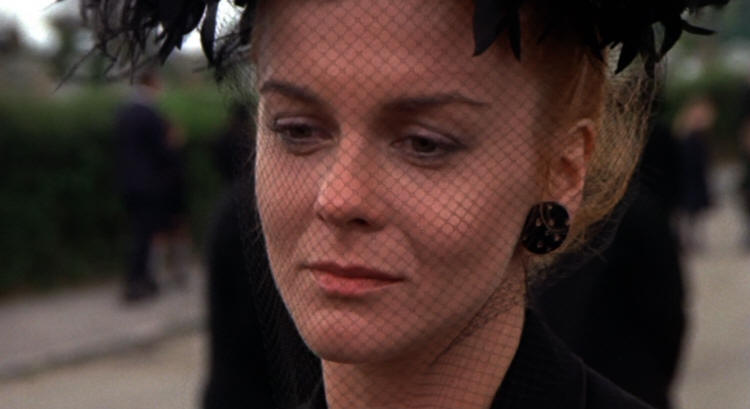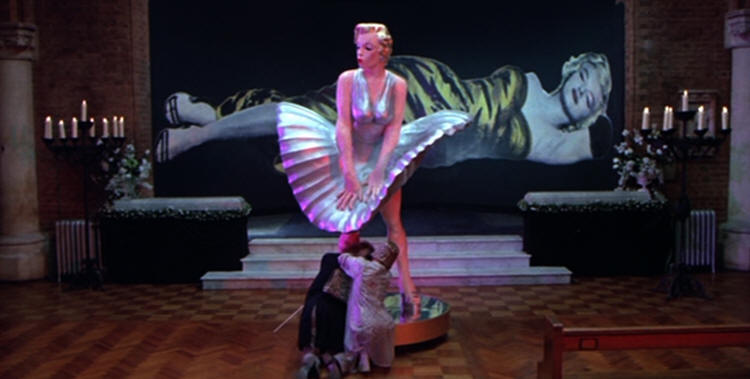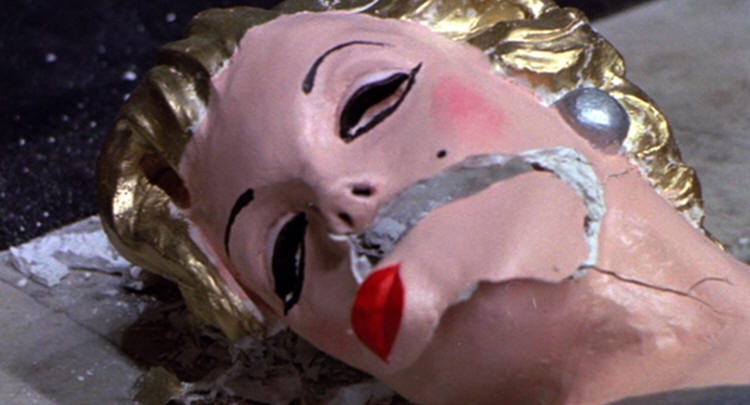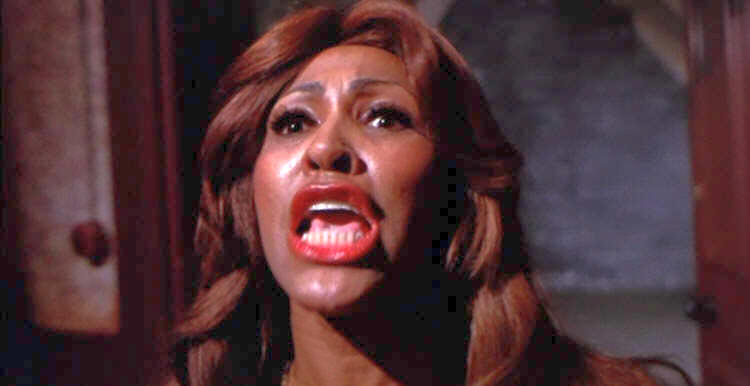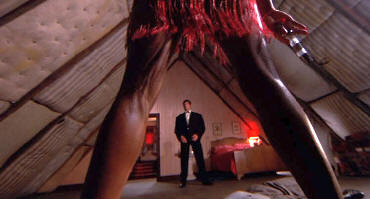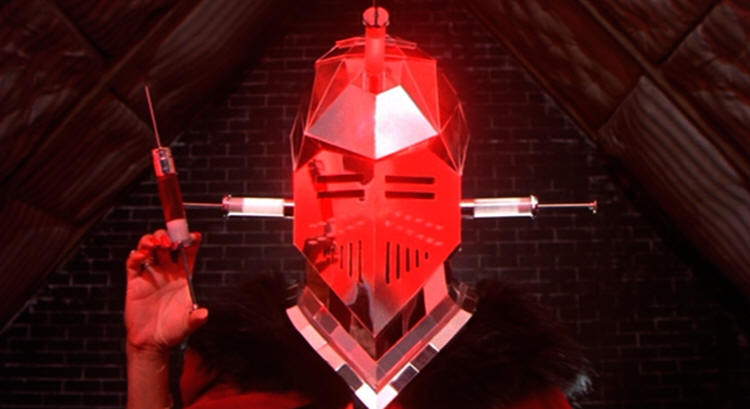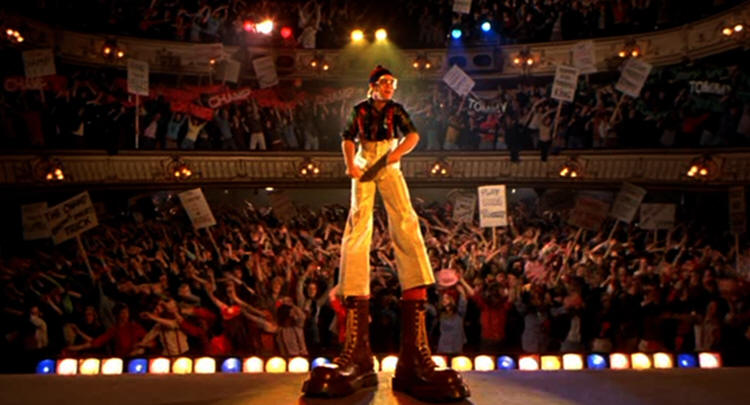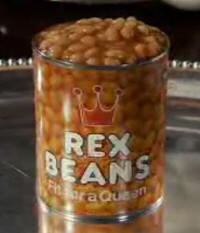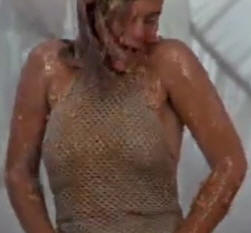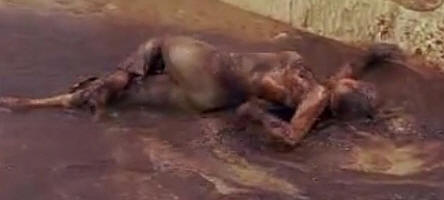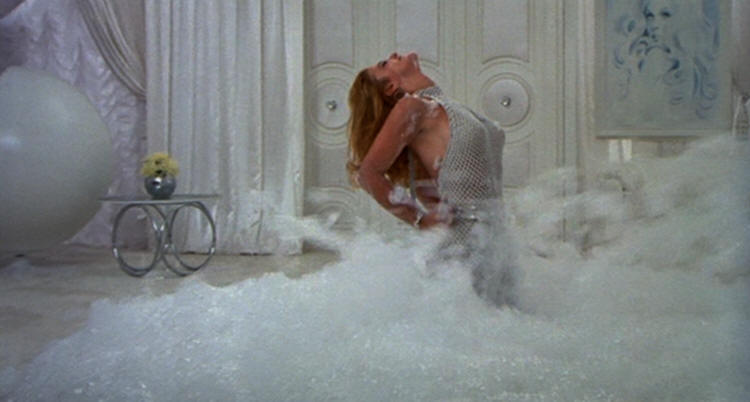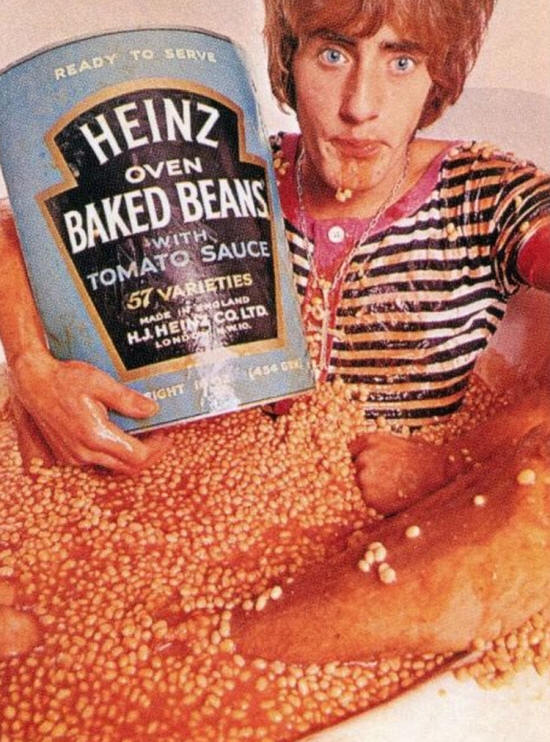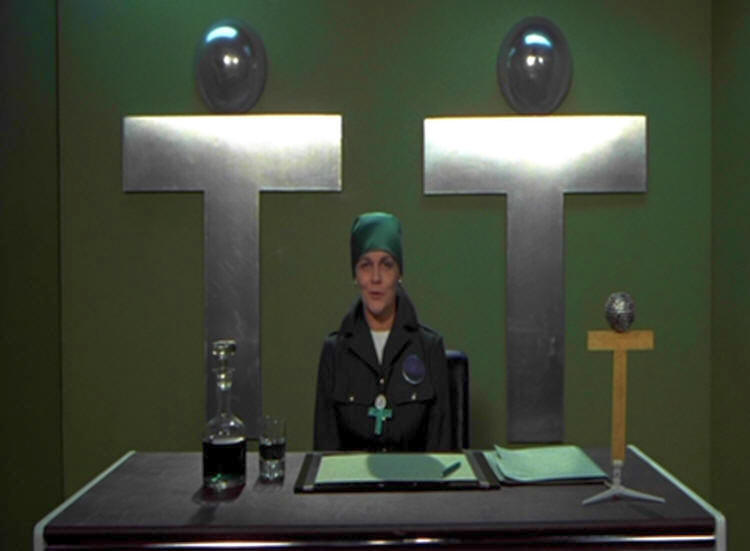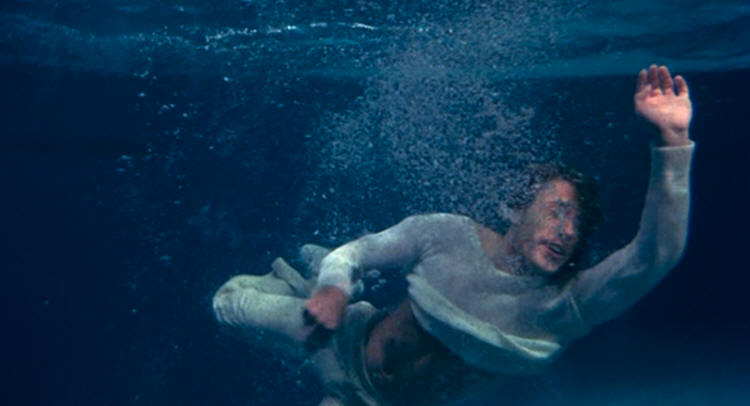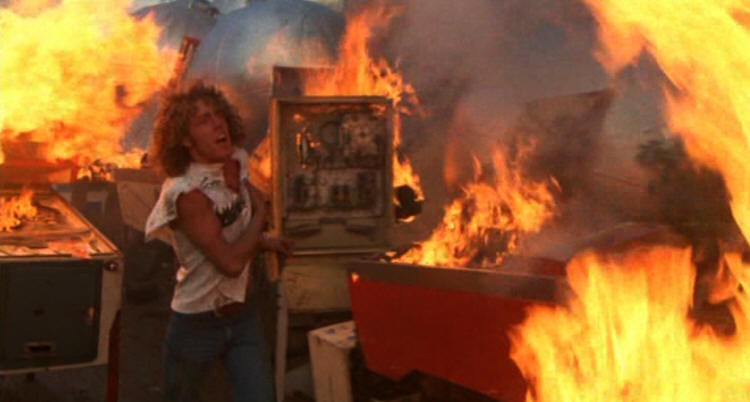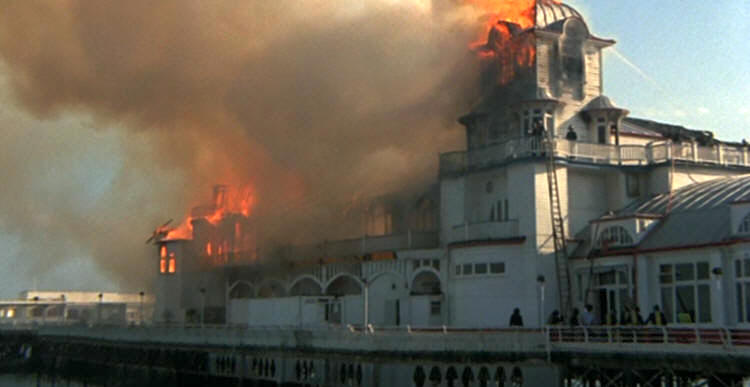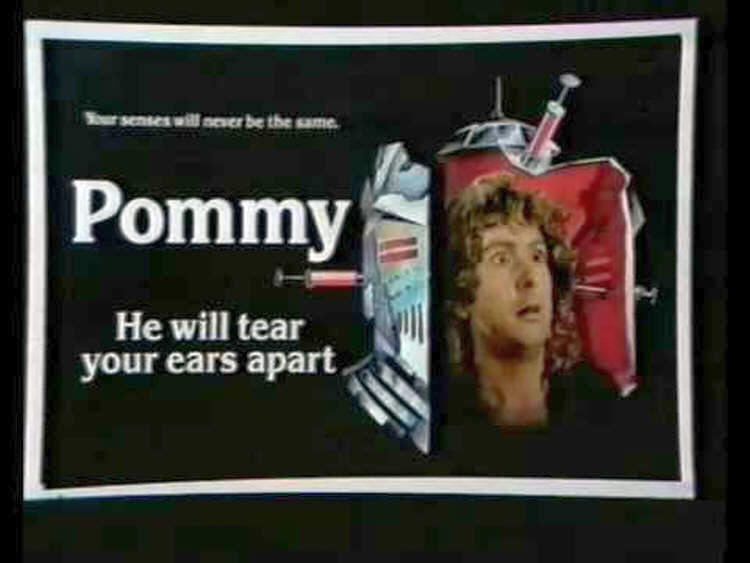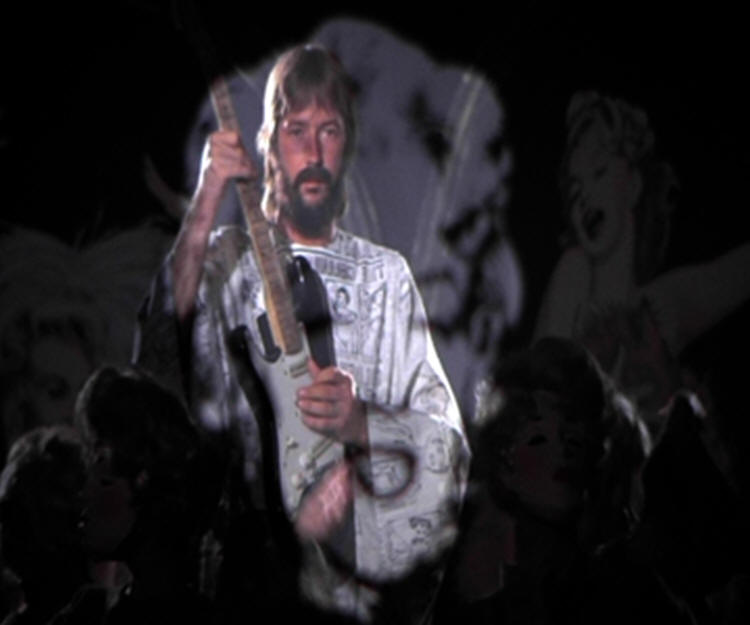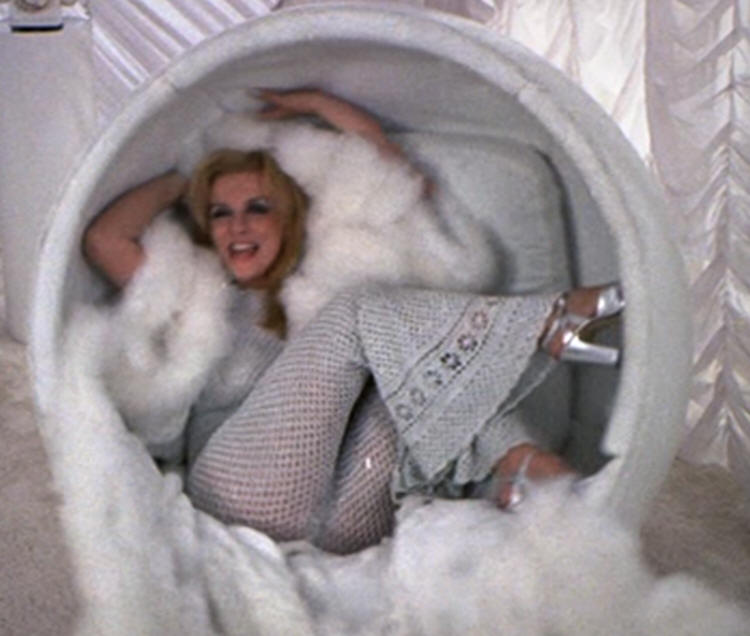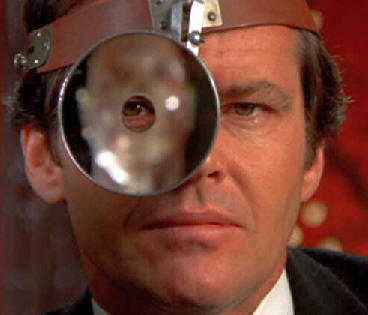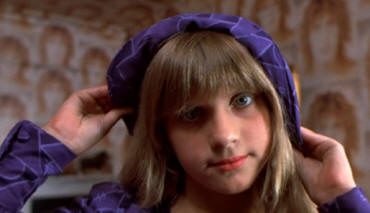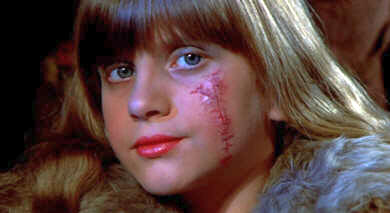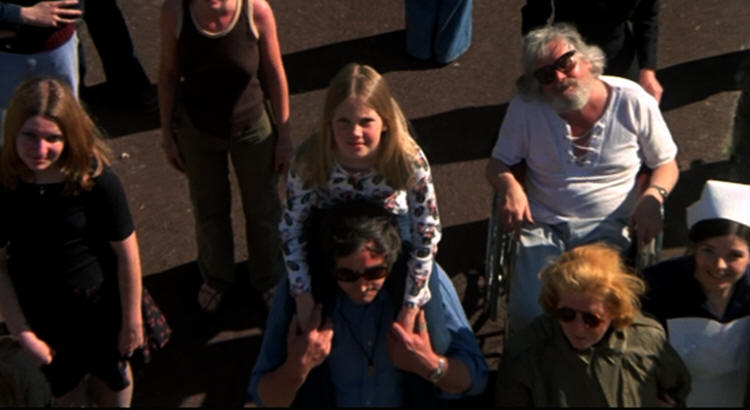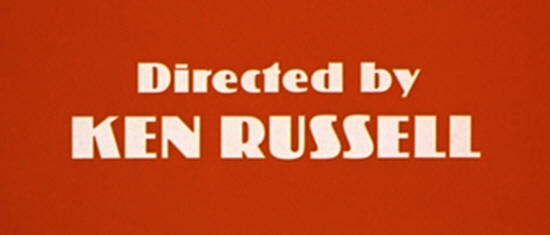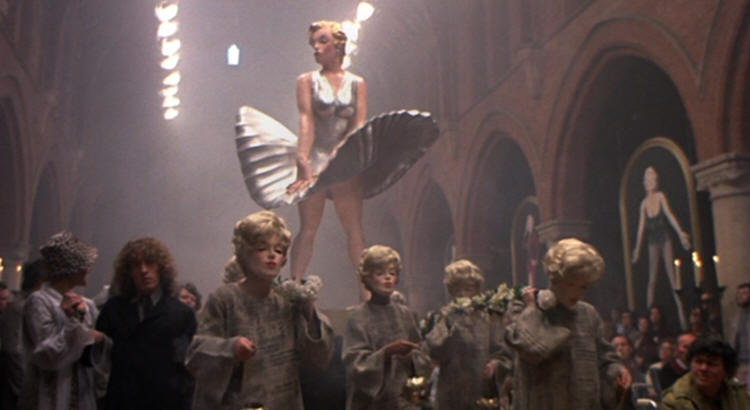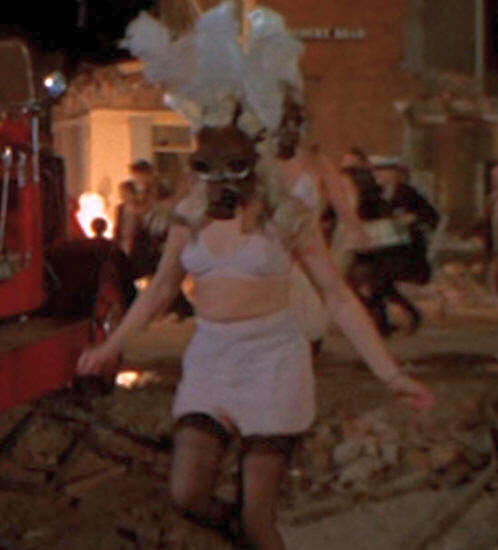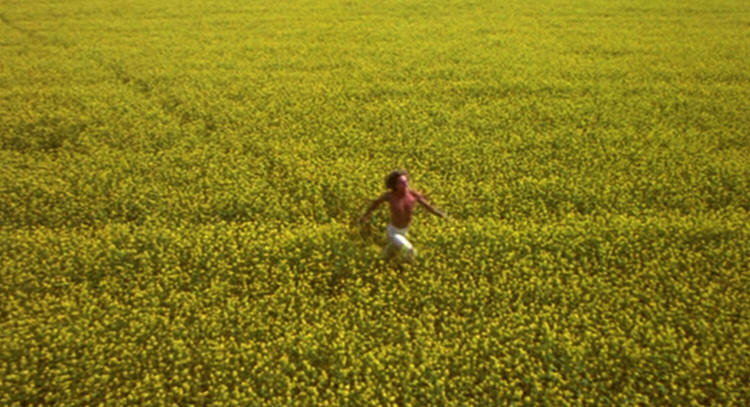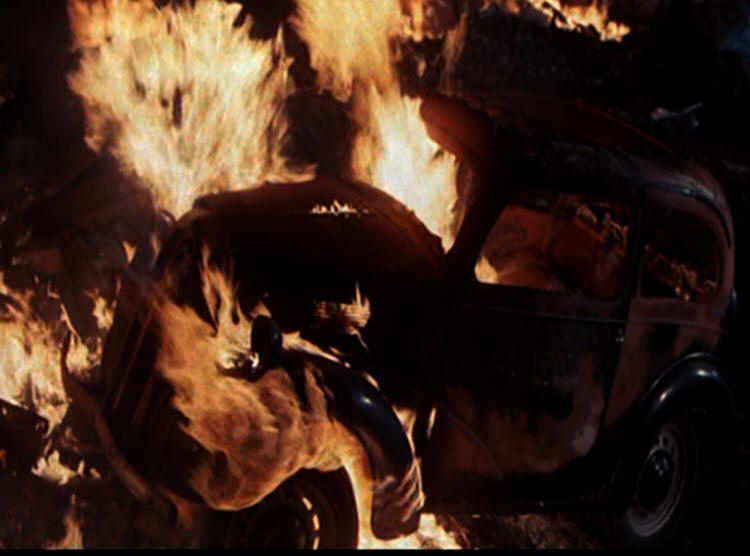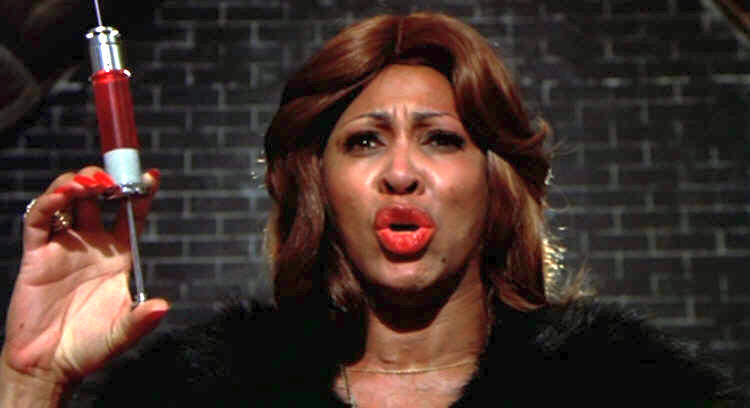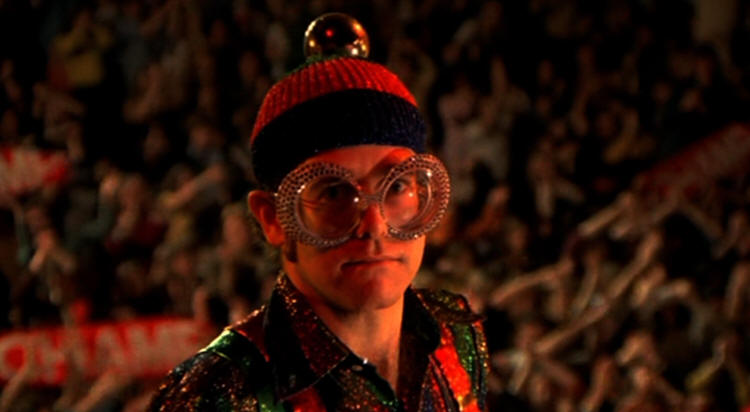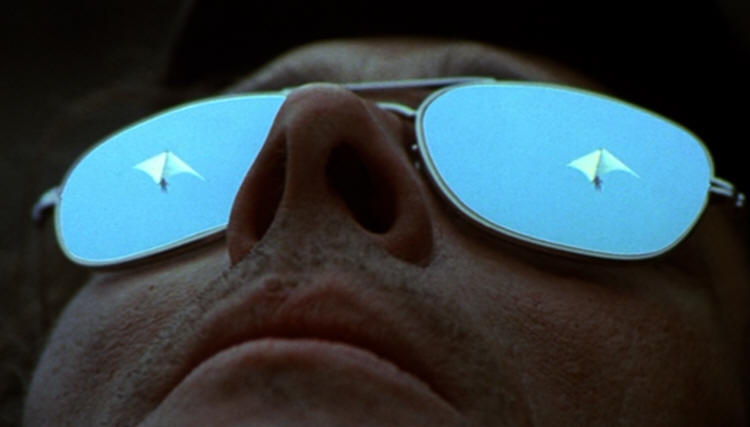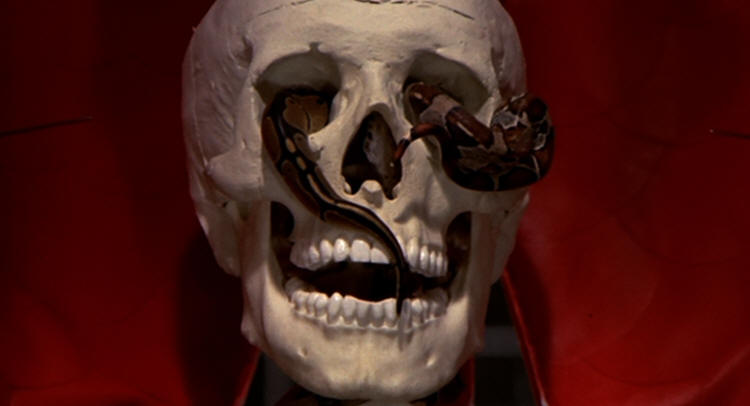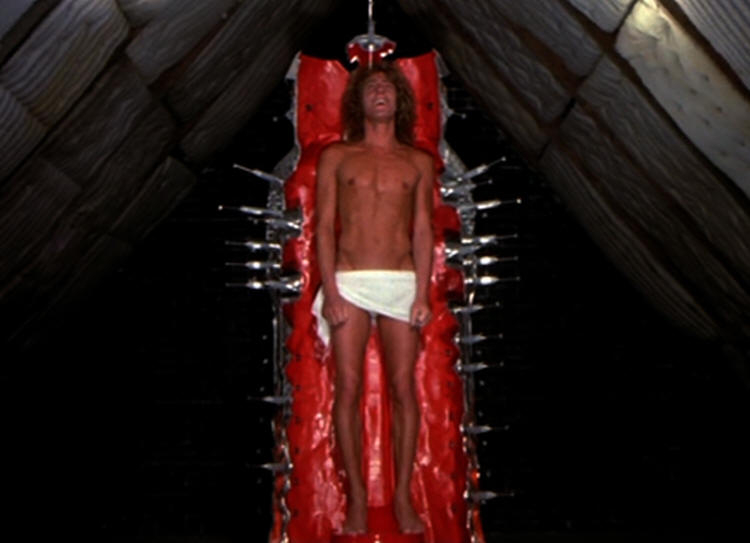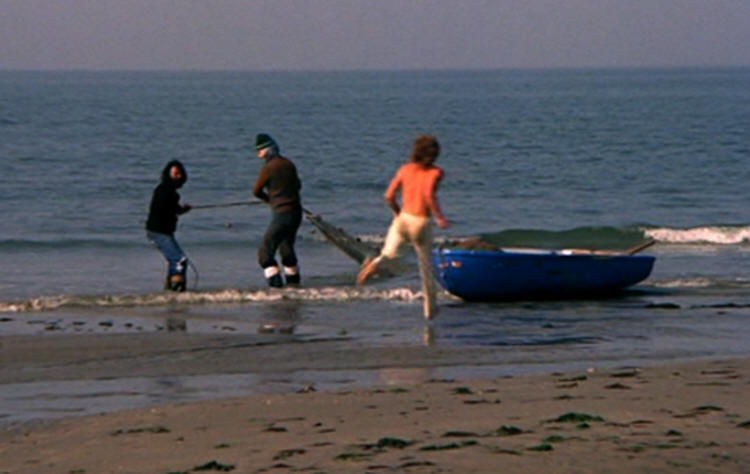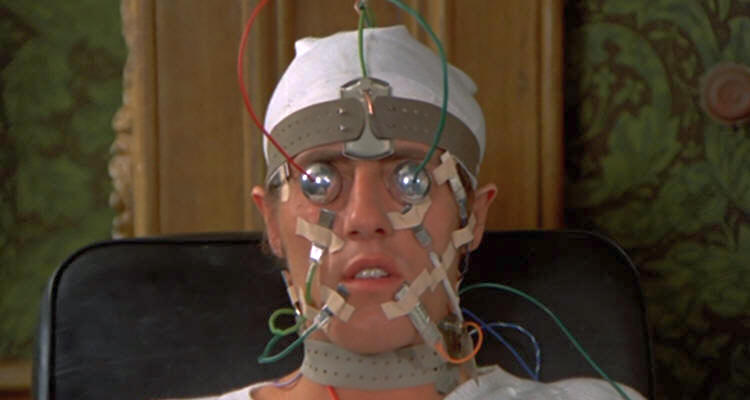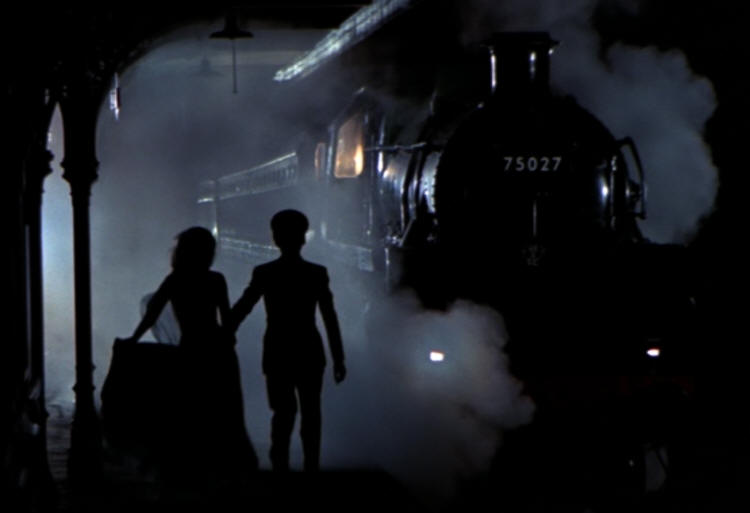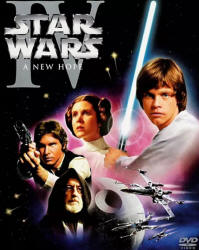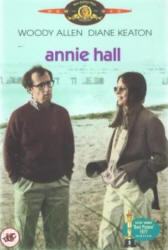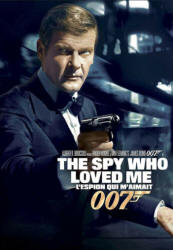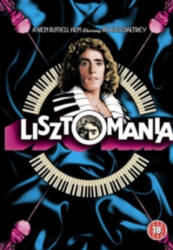|
Tommy, Ken Russell's film on consumerism and false gods, directed in 1975. Pete Townsend of The Who's rock opera album brought to cinema. It was becoming fashionable to produce concept albums and Pete Townsend surpassed most by coming up with a n interesting story line, even if it at times does not fit together. Townsend's story is inspired by the blues song Eyesight for the Blind by blues singer Sonny Boy Williamson. Russell shifted some of the scenes to make some more sense of the plot, and the setting moved from after the first world war to after the second world war. Russell says the story "reminded me of a screenplay I'd written called The Angels which was about false religions which I was told was uncommercial and I couldn't get finance so I saw this... it could be an amalgam of the two" (Russell interviewed by Mark Kermode, Odyssey Quest, 2004).
The story concerns a child Tommy who witnesses his father being murdered by his mother and lover Oliver Reed.
His mother (who works in a ball-bearing factory) tells him not to tell what he saw or heard, so he becomes deaf, dumb and blind. He does have one gift, he can play pinball. The pinballs are identical to the ball-bearings from his mother's factory, and to the device later put in his eyes at the instigation of the doctor, Jack Nicholson.
The film is a series of visual images. In the church Marilyn Monroe replaces the Virgin Mary and under her image blondes in Monroe masks give the sacrament of whisky and pills.
But she turns out to be a fallen idol.
Next Tina Turner is the acid queen.
"If your child ain't all he should be now, this girl will put him right. I'll show him what he could be now, just give me one more night" sings the Acid Queen but her attempt to awaken his senses with sex and drugs also fails.
Tommy emerges as a pinball wizard defeating the previous champion, Elton John, and leads to Tommy becoming a new messiah with a mass following. His parents exploit this.
The famous attack on commercialism with Ann-Margret writhing in a sea of beans is based on the Who's album "The Who Sell Out" where Daltry appears eating Heinz Beans etc to attack commercialism- this scene with Ann-Margret is the one the most people ask me if I can send them more photos. Russell himself did advertisements for baked beans and soap suds- in his advert, to show how the soap suds simply disappeared down the sink he filmed the suds being pumped into the sink then reversed the film (from DVD commentary).
Roger Daltry on the cover of "The Who Sell Out".
During the film there were a number of accidents. Ann-Margret cut herself while filming the soapsuds episode (turning the suds red). Ann-Margret says "my hand went to the TV screen and the cut glass sliced into it. Dripping with blood I was quickly wrapped in a blanket and carried off the set, and then rushed to the hospital, where doctors took twenty-seven stitches to close the wound... [then] I shot a scene with my arm hidden under a table". Tommy becomes a messiah figure to his followers until they realise they also have to become deaf, dumb and blind.
Daltry underwater almost drowned before the crew realised he was in trouble and dived in to help him. Daltry burnt himself when running through the fire and the later takes(below) show him holding his injured arm.
Most spectacularly when filming on Southsea pier a fire broke out seriously damaging the pier. "South Parade Pier had been made available to the Ken Russell film team for a sequence for a rock opera called Tommy. The blaze... was attributed to an arc lamp setting fire to a black velvet drape being used by the film company. I, for my pains, in covering the fire for The News had the misfortune of catching the eye of none other than Ken Russell himself. With the pier collapsing in great sheets of flame... I chose that moment to ask Ken what I thought was a pertinent question. As he was actually carrying a film camera across his shoulders and filming at the time, I inquired whether he thought his outfit was in any way responsible for the outbreak. What I thought was pertinent, he obviously thought was impertinent, and I ducked the swinging camera, taking the gesture to mean 'no comment'" (Peter Smith, Go to Blazes, The Story of Fire-Fighting in Portsmouth, 1986, Milestone Publications). Ken filmed the real fire (above) in part of Daltry´s running through fire sequence.
Monty
Python spin-off Rutland Weekend Television did a short spoof version, Pommy. |


